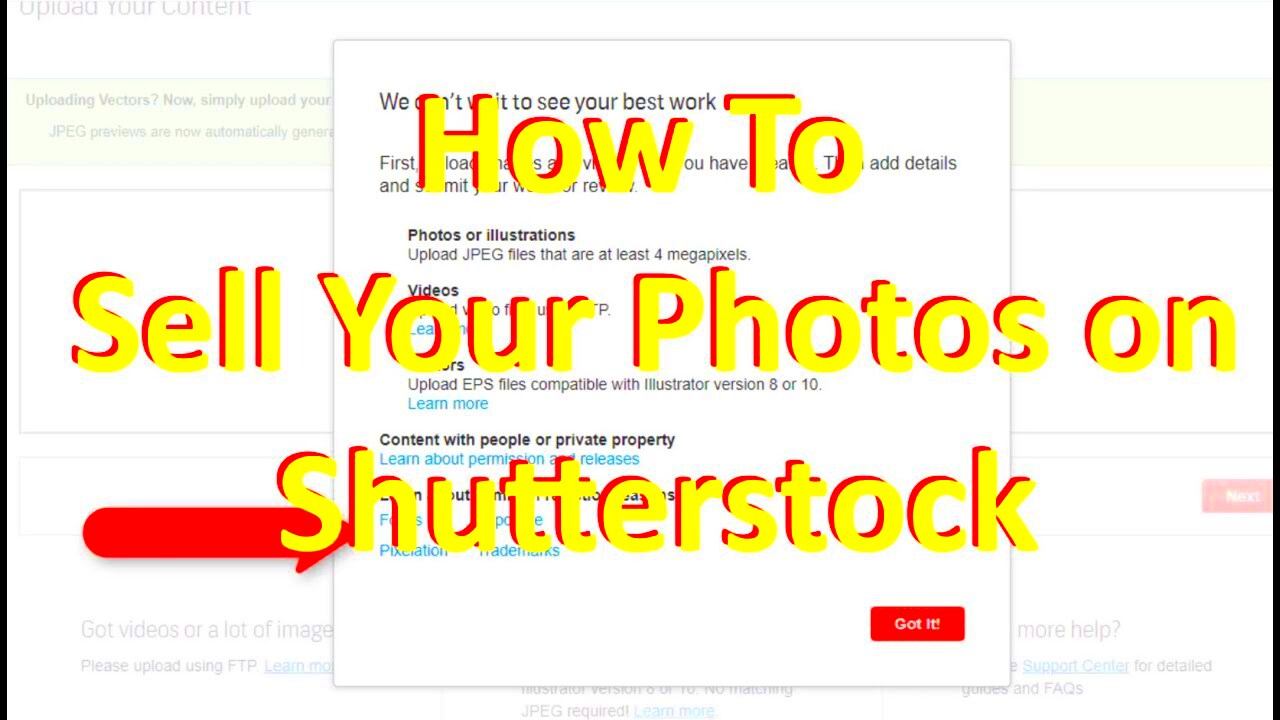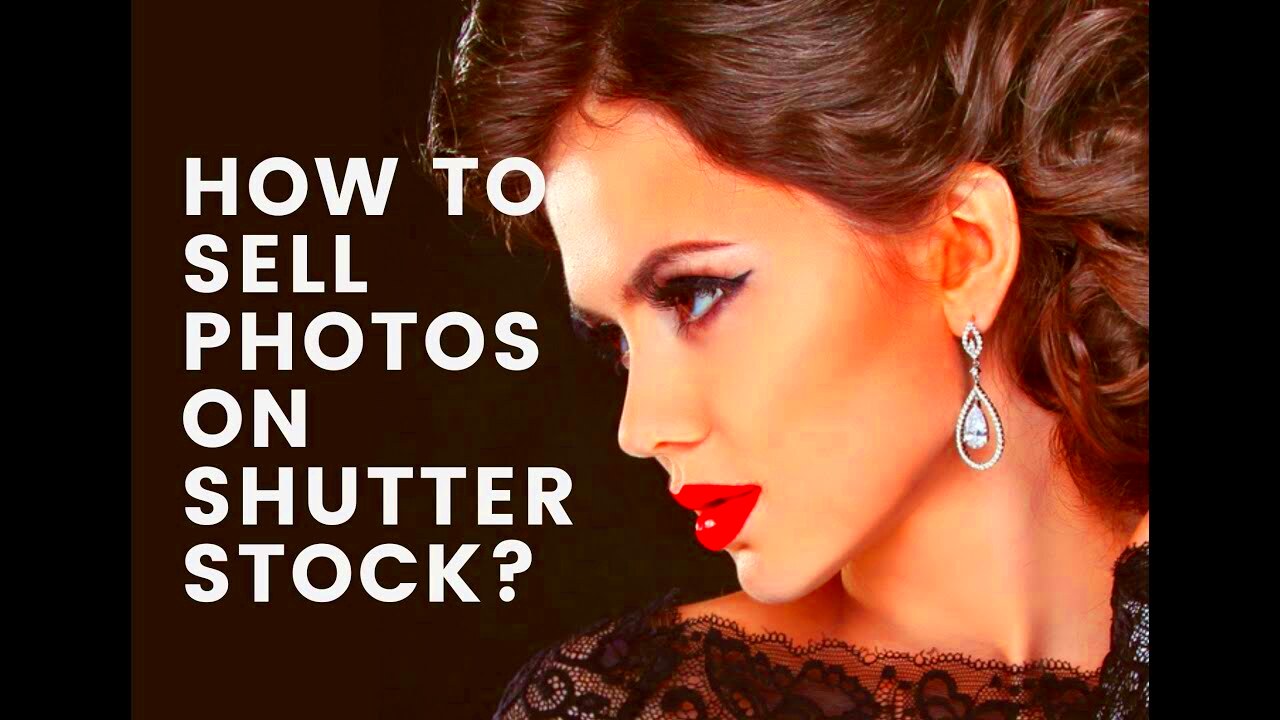Warning: Undefined array key 5 in /home/imgpanda.com/public_html/wp-content/themes/astra/template-parts/single/single-layout.php on line 176
Warning: Trying to access array offset on value of type null in /home/imgpanda.com/public_html/wp-content/themes/astra/template-parts/single/single-layout.php on line 179
When I first came across Shutterstock as an aspiring photographer I felt a surge of curiosity and enthusiasm. It seemed like a door had swung open, revealing a realm where my love for photography could intertwine with genuine prospects. Shutterstock goes beyond being a site for selling pictures; it serves as a bustling hub where artistic expression and business converge. For artists looking to monetize their work grasping its advantages is essential.
Here are a few benefits of selling your work on Shutterstock:
- Global Reach: Your work can be seen by millions around the world, increasing your chances of sales.
- Passive Income: Once your photos are uploaded, they can generate income over time, even while you sleep.
- Supportive Community: Join a community of talented photographers who share tips, experiences, and encouragement.
- Learning Opportunities: Shutterstock provides resources and insights on improving your photography and maximizing your earnings.
From what I have seen joining Shutterstock not only enhanced my photography abilities but also boosted my self assurance as a creative. It provided me with an opportunity to showcase my ideas, connect with like minded individuals and make a living doing what I enjoy.
Creating a Photographer Profile on Shutterstock

Setting up a profile on Shutterstock is the initial move to start your journey as a contributor. I recall the moment I sat at my desk feeling a mix of excitement and nervousness about showcasing my creations to a wider audience. The procedure is simple and presenting a profile can really impact your success.
Creating a photographer profile that stands out can be done by following these steps.
- Choose a Strong Username: Pick a name that reflects your photography style and is easy to remember.
- Add a Professional Bio: Share your journey, experiences, and what inspires your photography. This helps potential buyers connect with you.
- Upload a Profile Picture: Use a clear, professional image of yourself. It personalizes your profile and builds trust.
- Showcase Your Best Work: Include a few standout images in your profile. It’s your chance to make a great first impression.
While completing my profile I experienced a feeling of ownership and satisfaction. It dawned on me that this venture went beyond merely selling pictures; it involved telling my story and forging connections with others through my creativity.
Also Read This: How to Access YouTube on DirecTV
Preparing Your Photos for Submission

Getting your pictures ready to submit is a crucial part of your journey as a Shutterstock contributor. I recall the blend of anticipation and unease I experienced when I was getting my initial set of images ready. The caliber of your photos can have an impact on your sales so it’s definitely worth investing time to get it done correctly.
Here are a few suggestions to make sure your pictures align with Shutterstock's requirements.
- High Resolution: Upload images that are at least 4 megapixels. High-resolution photos attract buyers looking for quality.
- Proper Editing: Use editing software to enhance your images. Make sure they are well-lit and color-corrected.
- Focus on Composition: Pay attention to the rule of thirds, leading lines, and other compositional techniques to create visually appealing images.
- Diverse Subjects: Aim for a variety of subjects, from landscapes to people, to appeal to a broader audience.
I dedicated a lot of time to perfecting my pictures to capture my distinct viewpoint. The joy I experienced when I shared them was beyond words. It wasn't solely about showcasing my creations but also about establishing a connection with potential customers who would value my artistic vision.
Also Read This: How to Change Privacy Settings on Behance
Submitting Your Photos to Shutterstock

Submitting your photos to Shutterstock for the first time can be quite an exhilarating experience. I vividly recall the mix of excitement and nervousness that washed over me as I got ready to showcase my creations to a broader audience. While the submission process itself is relatively simple grasping the finer details can make a difference in making your work stand out.
Here’s a guide on how to submit your pictures in a way.
- Create a Submission Batch: Gather a collection of your best images that meet Shutterstock’s guidelines. This gives you a good chance of getting approved.
- Fill Out Metadata: This includes titles, descriptions, and keywords. Make sure to be descriptive and use relevant keywords. I learned that the right keywords can make a significant difference in search visibility.
- Choose Appropriate Categories: Selecting the right categories for your images helps buyers find them more easily. Think about what your photos represent.
- Review Submission Guidelines: Familiarize yourself with Shutterstock's submission requirements. This includes file formats, sizes, and content restrictions.
Submitting my photos for the first time stirred up a blend of emotions, both pride and vulnerability. Each picture captured a piece of my identity, my life experiences and my unique view of the world. Keep in mind that the journey doesn’t conclude with the submission; it marks the start of your narrative as a contributor.
Also Read This: How to Create Stunning Drawings with a Step-by-Step Art Guide on Dailymotion
Pricing Your Photos Effectively
Setting the price for your images on Shutterstock can be quite challenging. Its like trying to find a balance between recognizing the worth of your work and enticing potential buyers. I recall having a moment with a warm cup of chai pondering over how to determine the price for my photos. Getting the pricing approach can have an impact on your sales.
Here are some tips for effective pricing:
- Research Similar Photos: Look at what other photographers charge for similar images. This gives you a baseline for your pricing.
- Consider Your Experience: If you are new, you might want to start with lower prices to attract buyers. As you build a portfolio, you can gradually increase your prices.
- Use a Tiered Pricing Model: Offer different pricing tiers based on the size or usage of the image. This allows buyers to choose what fits their budget.
- Monitor Your Sales: Keep track of which images sell well and adjust your prices accordingly. This is a dynamic process, and flexibility is key.
Finding the price was a process of experimentation for me. I discovered that pricing goes beyond mere figures; it involves recognizing the worth of my efforts and gauging what customers are ready to spend. It’s all part of the experience.
Also Read This: How to Block YouTube Ads with UBlock Origin
Promoting Your Photos to Increase Sales
After you’ve uploaded and set the prices for your pictures it’s time to focus on promoting them. This is where the excitement kicks in. I distinctly recall the rush I felt when I discovered that showcasing my art could expand its reach to more people. Promoting your work is crucial for attracting visitors to your collection and boosting sales.
Here are some strategies to showcase your pictures.
- Utilize Social Media: Share your work on platforms like Instagram, Facebook, and Pinterest. Use relevant hashtags to increase visibility.
- Create a Photography Blog: Write about your experiences, photography tips, or the stories behind your photos. This not only showcases your expertise but also draws people to your work.
- Join Photography Communities: Engage with other photographers in online forums and social media groups. Share your work and participate in discussions.
- Collaborate with Other Creatives: Partner with bloggers, businesses, or influencers to showcase your photos. This expands your reach and introduces you to new audiences.
Through my experiences, I discovered that building relationships with my audience had a significant impact. When I shared the stories behind my pictures it forged a connection that often led to sales. Marketing involves more than just pushing a product; it entails expressing your enthusiasm and connecting with individuals who value your artistry.
Also Read This: Choosing the Right Platform for Selling Photos: Alamy vs Shutterstock
Common Questions about Selling Photos at Shutterstock
When I started selling my pictures on Shutterstock I found myself bombarded with a flurry of questions. It’s completely normal to want some answers before diving into something new. As time went on I discovered that a lot of photographers have the same worries. Here are a few of the most frequent inquiries I came across along with my thoughts.
- What types of photos sell best? Popular categories include landscapes, lifestyle, business, and food photography. However, don’t shy away from niche subjects that resonate with your style.
- How much can I earn? Earnings vary widely based on the number of photos you have and their popularity. I started earning a few dollars a month, but as I built my portfolio, it gradually increased.
- Do I need a professional camera? While a professional camera helps, good photos can also come from smartphones if you pay attention to composition and lighting. I’ve seen stunning images captured on simple devices!
- What if my photos get rejected? Rejections are part of the learning process. Analyze the feedback, improve your work, and don’t be discouraged. I learned valuable lessons through each rejection that ultimately improved my photography.
- Can I sell the same photos on other platforms? Yes, you can! Just ensure that you follow each platform's guidelines. I often share my best work across multiple sites to maximize visibility.
Tackling these queries can alleviate your worries and assist you in navigating your path as a Shutterstock contributor. Keep in mind that you’re not solitary in this journey and even the most accomplished photographers have encountered these doubts.
Conclusion on Selling Photos at Shutterstock
Starting to sell your photos on Shutterstock can be an adventure. It gives you the chance to showcase your creativity and make money doing what you love. Embrace the experience stay true to your artistic style and connect with others in the community. With determination and hard work you can transform your passion for photography into a rewarding journey that resonates with people, worldwide.
